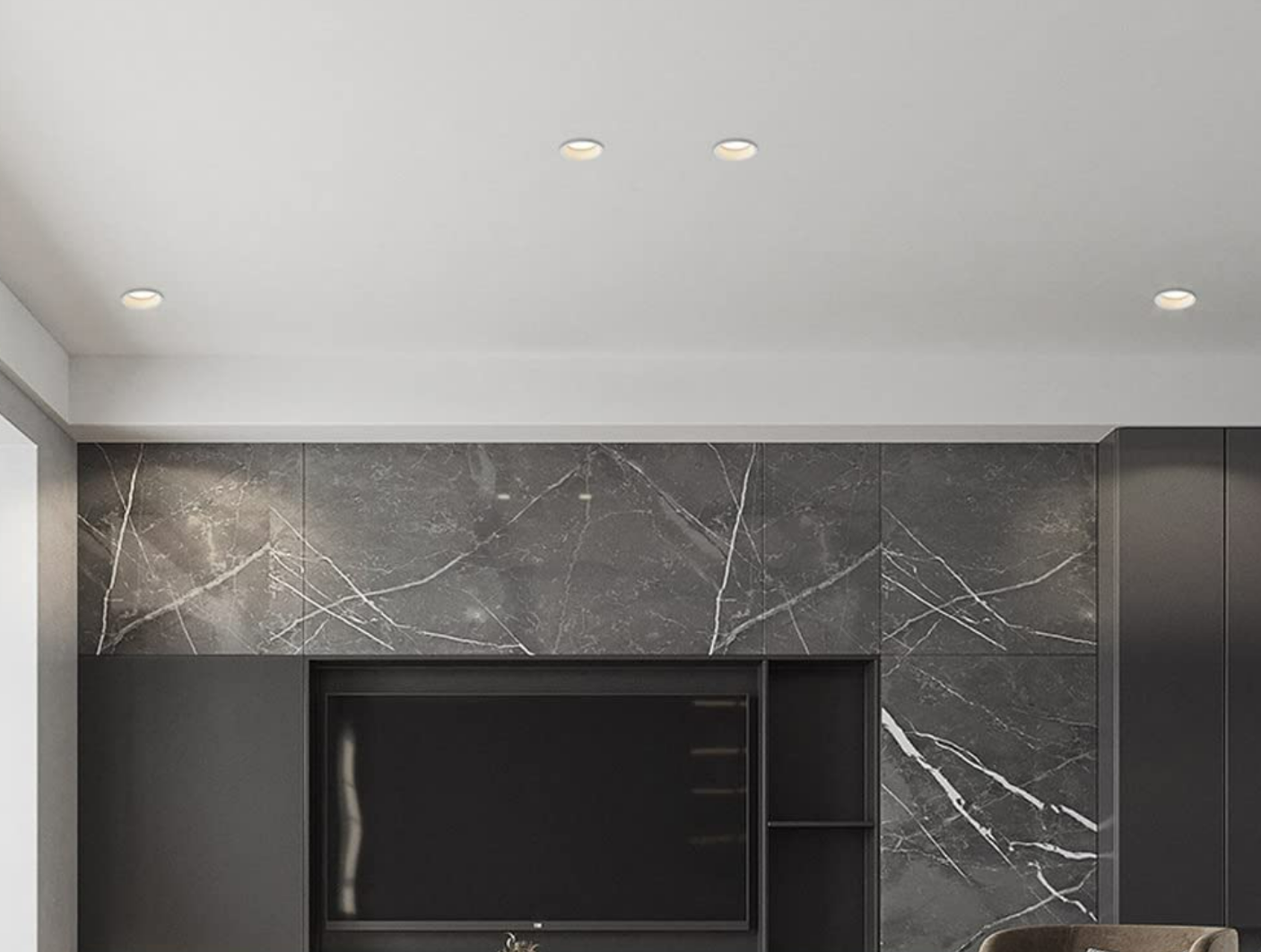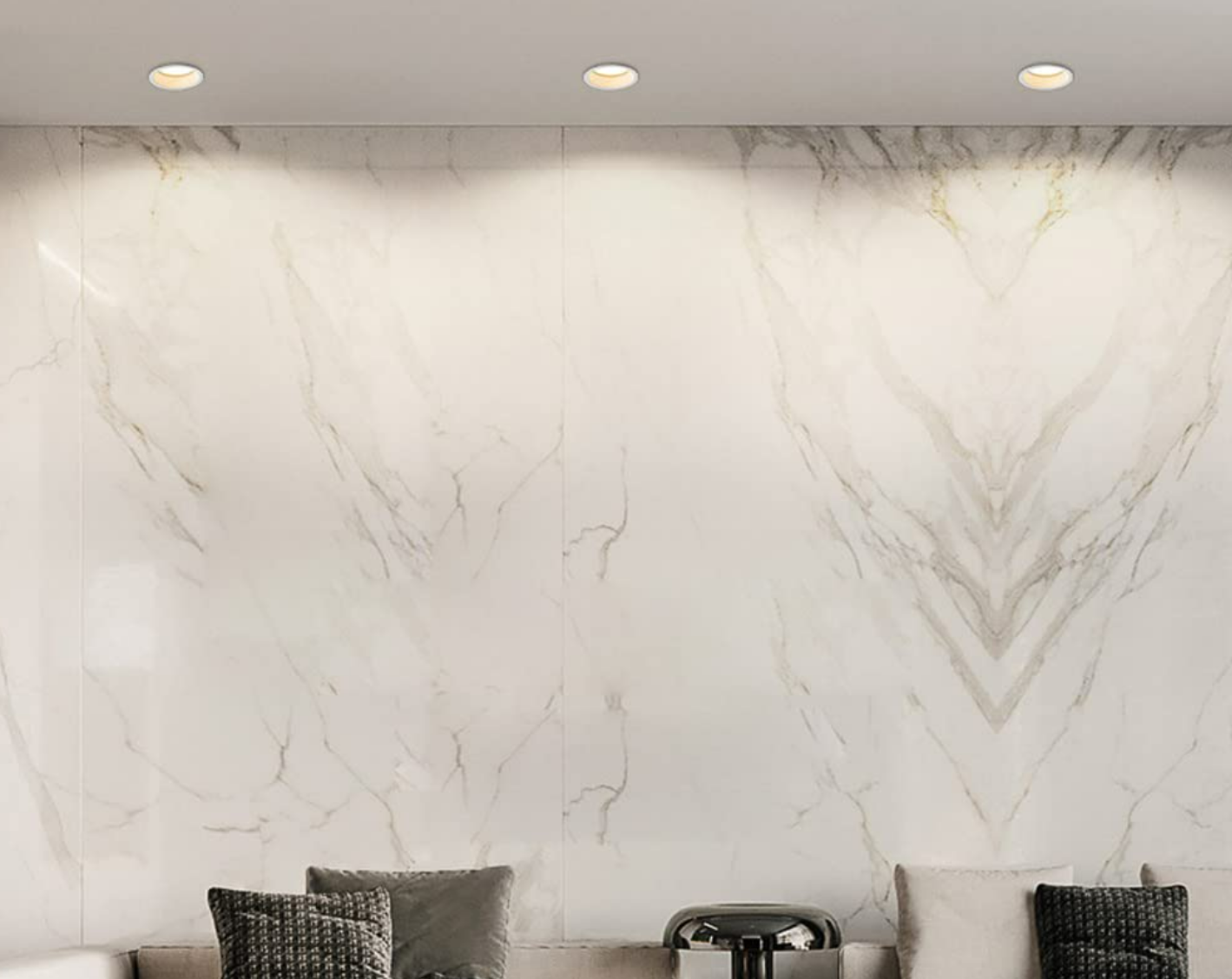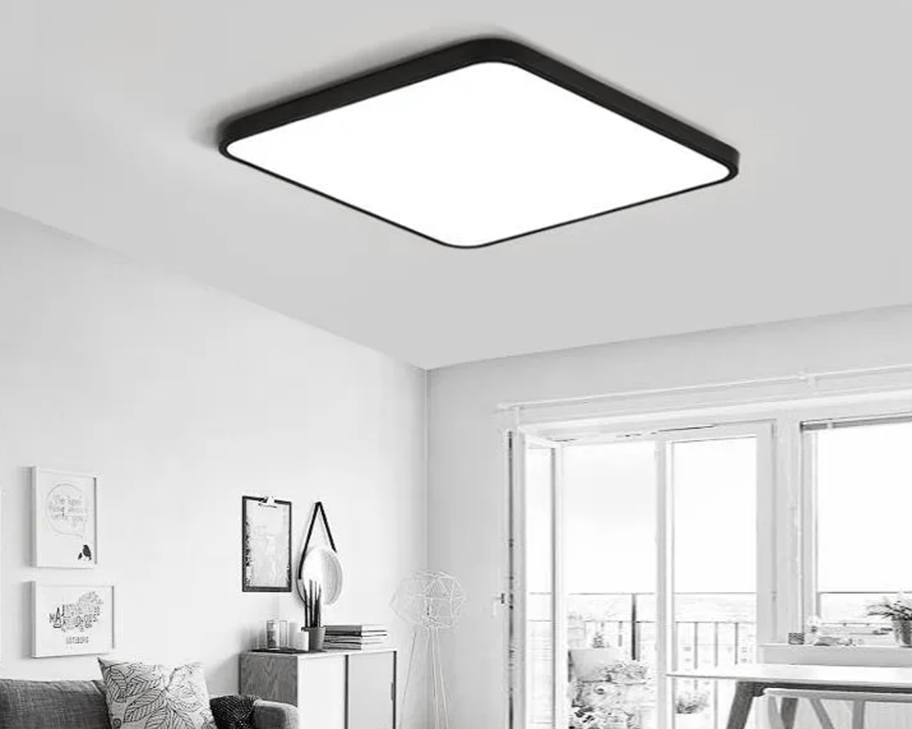Smart LED down lights have transformed modern interiors, combining energy efficiency, aesthetics, and intelligent control. From recessed LEDs to surface-mounted variants, the market now offers a wide array of options to suit residential, commercial, and specialty applications.

Design and Aesthetic Flexibility
Recessed LED down light: These fixtures sit flush with the ceiling, delivering a clean, minimalist look. They are ideal for living rooms, hallways, and open-plan spaces where uninterrupted ceiling surfaces are desired.
Surface LED down light: When ceiling demolition isn’t feasible or additional room height is needed, surface-mounted variants offer a versatile alternative. They pair well with modern interiors that prioritize sleek lines and unobtrusive illumination.
Cob LED down light ceiling: COB (Chip-on-Board) technology provides a compact, high-CRI (color rendering index) light source with uniform illumination. This results in fewer hotspots and more natural lighting, enhancing everything from artwork to cabinetry.
Ceiling LED down light and LED downlight recessed combinations give designers the freedom to create layered lighting schemes, balancing ambient, task, and accent lighting.

Technology and Smart Features
Smart LED down lightIntegration: Many smart downlights connect to home ecosystems (Wi-Fi, Zigbee, Bluetooth). Users can control brightness, color temperature, and on/off schedules via apps or voice assistants, creating scenes for reading, dining, or movie nights.
Adjustable LED down light: Dimmable and tunable white options let you shift from cool, energizing light for kitchens to warm, cozy tones for bedrooms. Adjustable tilt and rotation add task-focused versatility.
LED down light blinking: A blinking issue can indicate connectivity problems, driver faults, or faulty wiring. Modern smart fixtures include robust drivers and status indicators to simplify troubleshooting.
Performance and Energy Efficiency
Surface vs. recessed: Recessed models minimize glare and deliver uniform illumination, while surface fixtures can offer higher output in compact footprints. Both can feature high-lumen efficiency and long lifespans.
BRAND-new LED technology: COB, SMD, and integrated drivers ensure high efficacy (lumens per watt) and excellent longevity. The result is reduced energy costs and less frequent replacements.
Bathroom applications: Water-resistant ratings (e.g., IP65) and moisture-resistant housings are essential for bathroom LED down lights, especially around mirrors and shower zones.
Installation and Maintenance
Recessed LED down light installations require ceiling holes and careful heat management. Proper insulation compatibility (IC-rated) is important to prevent overheating.
Commercial LED down light solutions emphasize durability, wide beam angles, and uniform illumination for large spaces like offices, retail floors, and showrooms.
Cost considerations: Upfront costs for smart down lights can be higher than traditional LED downlights, but long-term savings come from energy efficiency, longer lifespans, and reduced maintenance.

Cases and Applications
Residential: Create layered lighting with a mix of recessed and surface fixtures. A smart system enables scenes for cooking, working, relaxing, and entertaining.
Commercial: Uniform, high-CRI lighting improves productivity and mood. Smart control supports occupancy sensors and daylight harvesting to optimize energy use.
Specialty spaces: Artwork galleries, kitchens with task lighting, and bathrooms with mirror-lit vanity areas benefit from adjustable, color-tuned smart downlights.
Cost and Value
While smart LED down lights may require a higher initial investment, the combination of tunable white, color-changing options, and automation can significantly reduce electricity bills and labor for maintenance. Long-term total cost of ownership often favors smart LED down lights, especially in spaces with fluctuating lighting needs.


